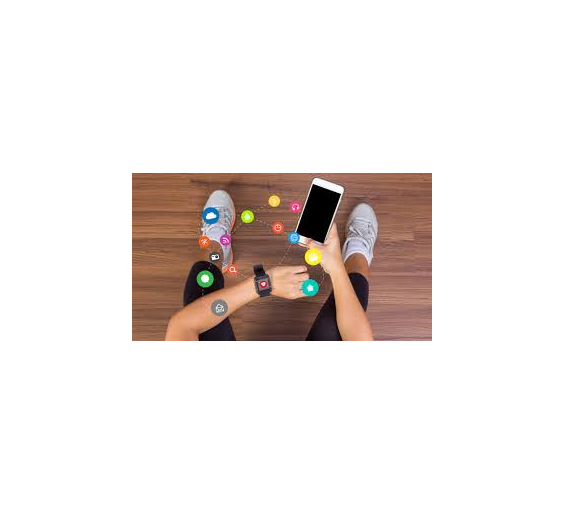
Wearable technology has revolutionized the way we interact with devices, seamlessly integrating them into our daily lives. From fitness trackers to smartwatches and augmented reality glasses, Wearable device app development offer a range of functionalities that enhance convenience, efficiency, and connectivity. In this blog, we delve into the latest innovations in wearable technology and how they are shaping the future of personal and professional interactions.
Introduction to Wearable Technology
Wearable technology refers to electronic devices that can be worn on the body, often featuring smart sensors and connectivity capabilities. These devices are designed to track various metrics, provide real-time data, and offer personalized experiences to users. With advancements in miniaturization and sensor technology, wearables have become increasingly sophisticated, catering to diverse needs and preferences.
Evolution of Wearable Devices
The journey of wearable technology traces back to the early days of pedometers and heart rate monitors. However, rapid technological advancements have led to the development of more advanced devices with multifunctional capabilities. Modern wearables boast features such as GPS tracking, biometric sensors, voice commands, and even contactless payment options, expanding their utility across different domains.
Applications in Health and Fitness
One of the primary areas of wearable technology adoption is in health and fitness. Wearable fitness trackers monitor physical activity, sleep patterns, and vital signs, providing users with insights into their overall well-being. These devices enable individuals to set fitness goals, track progress, and make informed decisions about their health habits. Moreover, wearable medical devices offer continuous health monitoring for patients with chronic conditions, enhancing disease management and remote patient care.
Integration with Smart Devices
Wearable technology seamlessly integrates with smart devices and IoT ecosystems, creating interconnected environments where data can be shared across multiple platforms. Smartwatches, for example, can sync with smartphones to display notifications, messages, and calls, allowing users to stay connected without having to reach for their phones. Similarly, wearable cameras and AR glasses enable hands-free operation, facilitating enhanced productivity and immersive experiences.
Wearables in Professional Settings
Beyond personal use, wearable technology finds applications in various professional settings, including healthcare, manufacturing, logistics, and retail. Wearable devices equipped with sensors and AR capabilities assist workers in performing tasks more efficiently, improving productivity and safety standards. For instance, augmented reality glasses provide real-time instructions and visual overlays to technicians, enabling them to troubleshoot issues and perform maintenance tasks with greater accuracy.
Challenges and Opportunities
While wearable technology offers numerous benefits, it also presents challenges related to data privacy, security, and user acceptance. Addressing these concerns requires collaboration among stakeholders, including technology developers, regulators, and end-users. Moreover, the rapid pace of innovation in wearables opens up opportunities for new applications and business models, driving further research and development in this field.
Conclusion
Innovations in wearable technology continue to reshape our interactions with digital devices, offering novel ways to enhance productivity, health, and convenience. As the industry evolves, we can expect to see further advancements in sensor technology, connectivity, and user interfaces, unlocking new possibilities for wearable devices in various domains.






